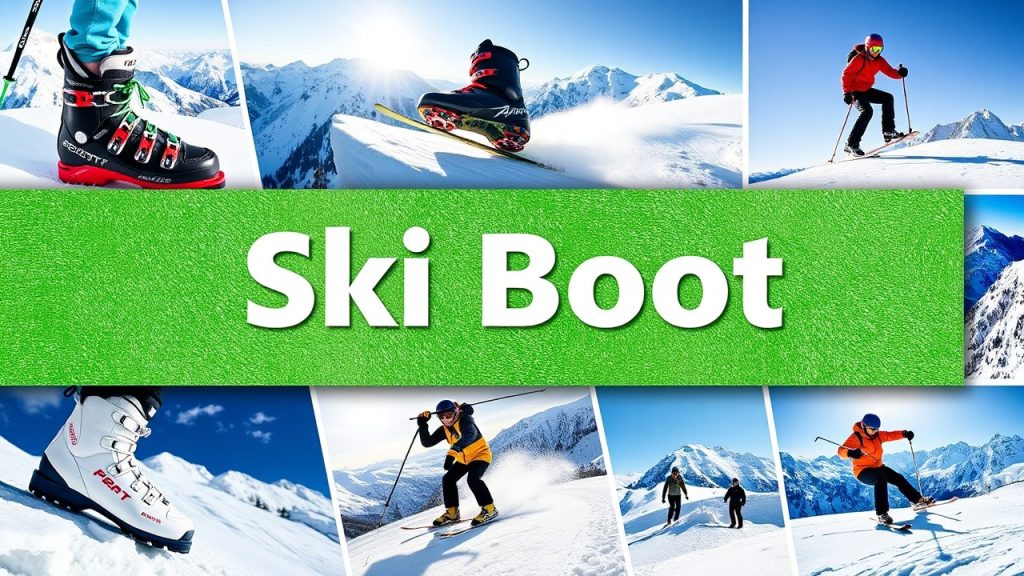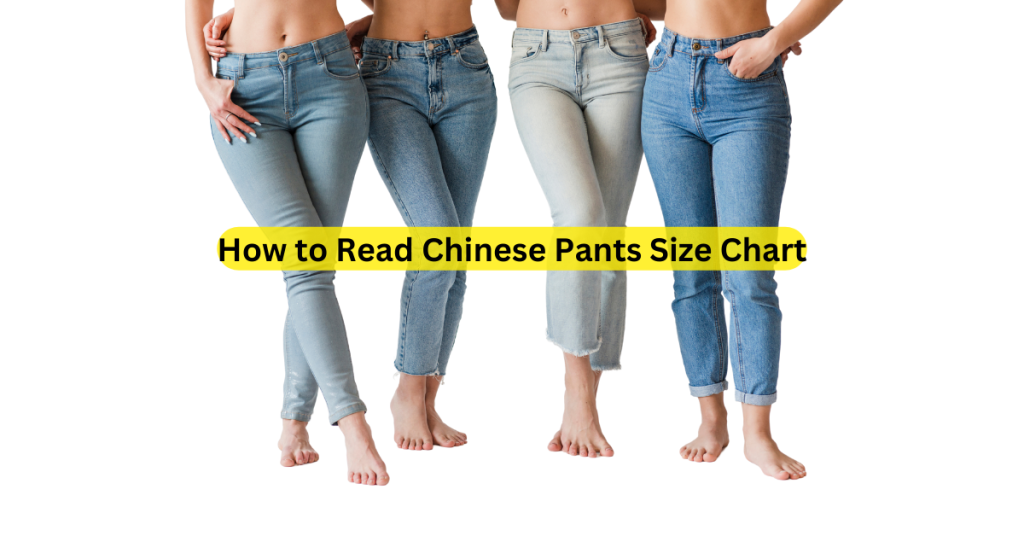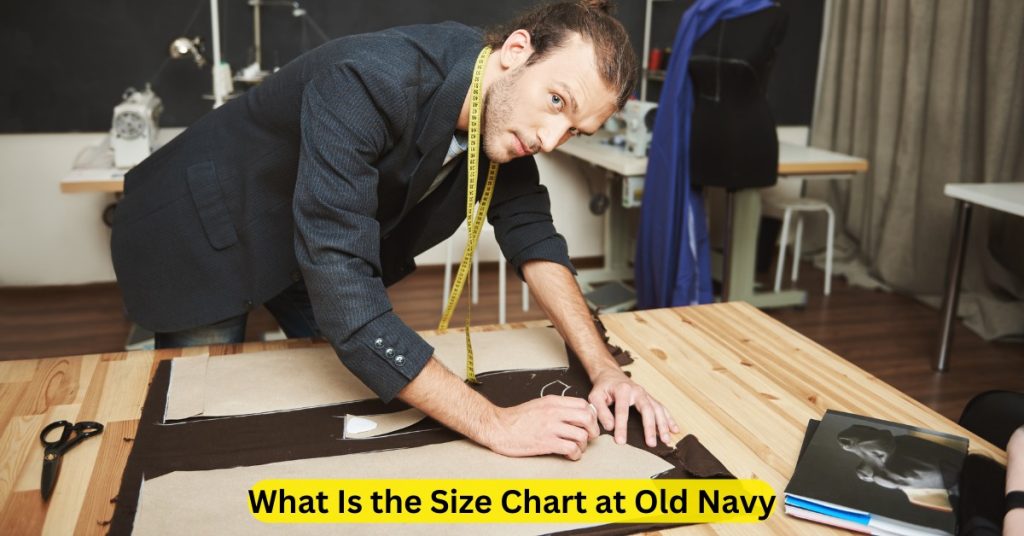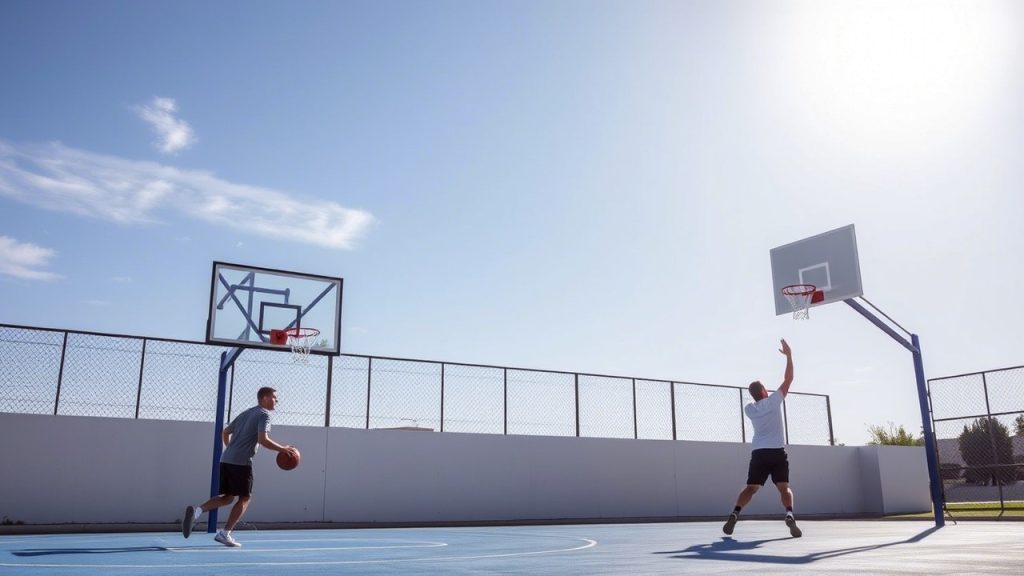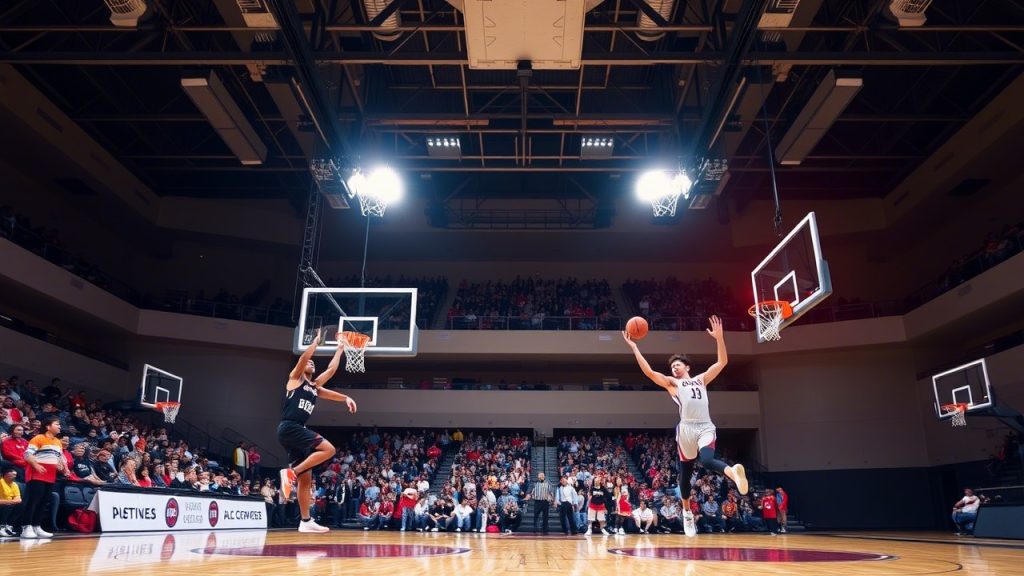12 Best Ski Boot Size Chart Ideas to Improve Performance
Skiing is an exhilarating sport that demands the right equipment for the best performance on the slopes. One of the most important pieces of gear is your ski boots. A ski boot that fits well not only maximizes your comfort but also improves your control, responsiveness, and overall skiing experience. But how do you choose the right ski boot size to enhance your performance? The answer lies in understanding the science behind ski boot sizing and using the right size chart. We will guide you through the 12 best ski boot size chart ideas that can help improve your performance on the slopes.
Why Ski Boot Size Matters for Performance
Your ski boots are your connection to the skis, and how well your boots fit directly affects your ability to control your skis. Poorly fitted boots can cause discomfort, pain, and even limit your performance by reducing the control you have over your skis. A good fit enhances comfort, ensuring your foot is securely held in place, which improves your response to movement. Additionally, the correct fit ensures that your body mechanics work efficiently while skiing, allowing for better technique and agility.
To get the best performance, it’s crucial to choose boots that fit properly, and understanding ski boot size charts will help you achieve just that.
1. Understanding Ski Boot Sizing Systems
Before we delve into specific ski boot size charts, it’s important to understand how ski boots are sized. Unlike regular shoes, ski boots use a sizing system called Mondo Point sizing.
Mondo Point Sizing
- Mondo Point is a universal measurement used in the ski industry to denote the length of the foot in centimeters. For example, a Mondo Point size of 25.5 means the boot is designed for a foot length of 25.5 cm.
- Ski boots may also include width measurements (often called “last”) to ensure the boot fits your foot’s width, which plays a vital role in both comfort and performance.
Important Considerations for Ski Boot Fit
- Foot Length: This is the primary measurement that determines the size of your boot. If your foot is between sizes, opt for the smaller size for better control, as ski boots tend to stretch and mold to your foot with use.
- Foot Width: Ski boots come in narrow, medium, and wide widths. Choosing the right width ensures that your foot is held firmly in place without being cramped.
- Flex Rating: Ski boots also have a flex rating, which determines how stiff or soft the boot is. A stiffer boot (higher flex) provides more control, ideal for advanced skiers, while softer boots (lower flex) are more forgiving and suited for beginners.
2. The Basics of Ski Boot Fit
The key to improved performance lies in how well your boots fit. The right fit ensures that the skier’s energy is transferred efficiently to the ski, providing more control, stability, and precision. Here are some factors to consider when determining the right fit:
- Heel Fit: The heel should sit snugly in the boot without lifting during movement.
- Toe Fit: Your toes should lightly brush the front of the boot when standing straight but pull away when you flex your knees.
- Instep Fit: The instep (the top of your foot) should feel snug but not tight, offering comfort without pressure points.
- Liner Fit: Many boots come with heat-moldable liners, which conform to the shape of your foot for a custom fit over time.
3. 12 Best Ski Boot Size Chart Ideas to Improve Performance
Now that we’ve covered the basics of ski boot fit and sizing, here are 12 ski boot size chart ideas that will help you improve your performance on the slopes.
1. Mondo Point Size Chart
The Mondo Point system is the most accurate and commonly used for determining ski boot size. This chart helps you find your ski boot size based on the length of your foot.
| Mondo Point Size | Foot Length (cm) | U.S. Men’s Size | U.S. Women’s Size |
|---|---|---|---|
| 22.0 | 22.0 cm | 5 | 6 |
| 23.0 | 23.0 cm | 6 | 7 |
| 24.0 | 24.0 cm | 7 | 8 |
| 25.0 | 25.0 cm | 8 | 9 |
| 26.0 | 26.0 cm | 9 | 10 |
| 27.0 | 27.0 cm | 10 | 11 |
| 28.0 | 28.0 cm | 11 | 12 |
| 29.0 | 29.0 cm | 12 | 13 |
2. Boot Width (Last) Chart
In addition to foot length, the width of your foot also affects how your boot will fit. Ski boots come in various widths, known as the last measurement, to accommodate different foot shapes.
| Boot Width | Description |
|---|---|
| Narrow (98-100mm) | Ideal for narrow feet |
| Medium (100-102mm) | Standard width for most feet |
| Wide (102-104mm) | Ideal for wide feet |
3. Flex Rating Chart
The flex rating of a ski boot determines its stiffness. The right flex can enhance your skiing performance, particularly in terms of responsiveness and control.
| Flex Rating | Type of Skier | Recommended For |
|---|---|---|
| 50-70 | Beginner | Soft flex for comfort and ease |
| 70-90 | Intermediate | Ideal for those progressing in skills |
| 90-110 | Advanced | Stiff boots for better control |
| 110-130 | Expert/Professional | High performance and control |
4. Ski Boot Sole Length Chart
The sole length is an important consideration, especially when choosing compatible ski bindings. A mismatch in sole length can lead to improper binding adjustment.
| Mondo Point Size | Sole Length (mm) |
|---|---|
| 22.0 | 270 mm |
| 23.0 | 280 mm |
| 24.0 | 290 mm |
| 25.0 | 300 mm |
| 26.0 | 310 mm |
5. Women’s Ski Boot Size Chart
Women’s ski boots tend to have a different fit compared to men’s. They often feature a lower cuff height to better accommodate women’s calf shape. This chart can help women find the ideal size.
| Mondo Point Size | Foot Length (cm) | U.S. Women’s Size |
|---|---|---|
| 22.5 | 22.5 cm | 5.5 |
| 23.5 | 23.5 cm | 6.5 |
| 24.5 | 24.5 cm | 7.5 |
| 25.5 | 25.5 cm | 8.5 |
| 26.5 | 26.5 cm | 9.5 |
6. Kid’s Ski Boot Size Chart
Ski boots for children come in smaller Mondo Point sizes. It’s essential to get boots that fit well to ensure your child has a safe and enjoyable experience on the slopes.
| Mondo Point Size | Foot Length (cm) | U.S. Kid’s Size |
|---|---|---|
| 18.5 | 18.5 cm | 11 |
| 19.5 | 19.5 cm | 12 |
| 20.5 | 20.5 cm | 13 |
| 21.5 | 21.5 cm | 1 |
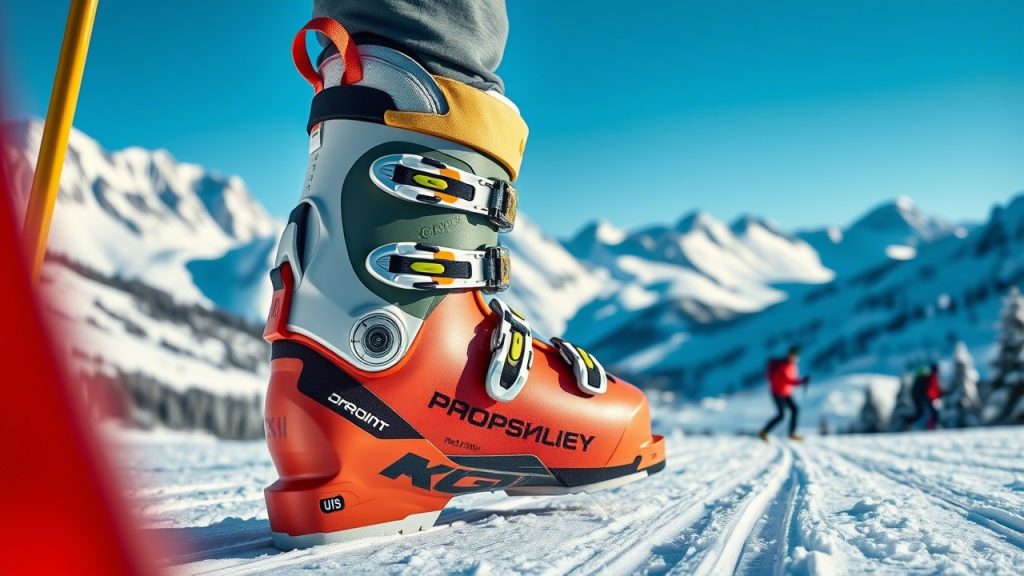
7. Heat-Moldable Liner Size Chart
Many modern ski boots come with heat-moldable liners that can be customized to fit the shape of your foot. This chart can help determine which liner option best suits your foot shape.
| Liner Type | Ideal For |
|---|---|
| Standard Liner | Average feet with typical volume |
| High Volume Liner | Wider or higher volume feet |
| Low Volume Liner | Narrow or low-volume feet |
8. Custom Footbed Size Chart
Footbeds (or insoles) can be custom-molded to provide additional comfort and support. This chart helps you select the right footbed based on your foot arch and skiing style.
| Footbed Type | Ideal For |
|---|---|
| Standard Footbed | Most skiers with normal arches |
| High Arch Footbed | Skiers with high arches |
| Flat Footbed | Skiers with flat feet |
9. Boot Stiffness (Flex) vs. Skiing Style
Choosing the correct flex rating based on your skiing style can drastically affect your skiing performance. Here’s a comparison chart:
| Skiing Style | Flex Rating | Ideal Flex Rating |
|---|---|---|
| Alpine Skiing | 90-120 | Medium to stiff |
| Freestyle Skiing | 70-100 | Soft to medium |
| Touring Skiing | 60-100 | Soft to medium |
10. Ski Boot Fit for Flat Feet
For skiers with flat feet, the right ski boot and footbed choice can help improve alignment and prevent discomfort.
| Foot Type | Recommended Boot Type |
|---|---|
| Flat Feet | Custom footbeds with arch support |
| High Arches | Boots with more support and cushioning |
| Normal Arches | Standard ski boots with medium volume |
11. Ski Boot Length Chart for Performance
For optimal ski control, the length of your ski boot should be proportionate to your skiing ability and the type of skiing you do.
| Skiing Ability | Boot Length | Ideal Boot Fit |
|---|---|---|
| Beginner | Shorter Boot | Less control, more comfort |
| Intermediate | Medium Length | Balanced control and comfort |
| Expert | Longer Boot | Maximum control and responsiveness |
12. Temperature Considerations for Ski Boots
Extreme temperatures can affect your feet’s comfort and performance. A good ski boot should offer insulation or be compatible with heated insoles.
| Temperature Range | Recommended Boot Type |
|---|---|
| 0°C to -10°C | Insulated boots with liners |
| -10°C to -20°C | Boots with heated insoles |
| -20°C and below | Custom insoles and extra insulation |
4. FAQs About Ski Boot Sizing and Performance
- How do I know if my ski boots are the right size? Your ski boots should feel snug but not painful. There should be no significant movement inside the boot, and your toes should lightly touch the front when standing but pull away when flexing your knees.
- Can I use the same ski boot size as my regular shoe size? No, ski boots are sized differently, and Mondo Point sizing is used instead of traditional shoe sizing. It’s crucial to measure your foot length in centimeters for accurate sizing.
- How can I improve the fit of my ski boots? If your boots feel tight or uncomfortable, consider getting custom insoles, heat-moldable liners, or seeking a professional boot fitter to make adjustments.
- What is the difference between a narrow and wide ski boot fit? A narrow fit is designed for skiers with slim feet, providing a snug fit, while a wide fit offers more room for skiers with broader feet. Choose a fit that matches your foot shape for maximum performance and comfort.
- What’s the best flex rating for a beginner skier? Beginner skiers should opt for a softer flex (50-70) as it offers more forgiveness and easier control while learning.
- How do custom footbeds help with ski performance? Custom footbeds provide better arch support and alignment, reducing foot fatigue and improving comfort, which ultimately helps with skiing performance.
- Are heat-moldable ski boots worth it? Yes, heat-moldable ski boots provide a custom fit that conforms to your foot, offering increased comfort and performance over time.
- What should I do if my ski boots feel too tight? If your ski boots feel too tight, consider adjusting the buckles, using a thinner sock, or consulting a boot fitter to stretch the boot or modify the fit.
- Can ski boot sizing affect my skiing performance? Yes, ill-fitting boots can hinder performance by reducing your control and comfort on the slopes. Proper sizing ensures a snug fit, giving you better responsiveness and precision.
Conclusion
Selecting the right ski boot size is essential to improving your performance on the slopes. By using the correct sizing charts and understanding the factors that affect fit—such as foot length, width, flex rating, and temperature considerations—you can choose the perfect ski boots that will maximize your comfort and control. Take your time to find the right pair, and don’t hesitate to consult a professional fitter to ensure you’re getting the best performance possible. Happy skiing!

